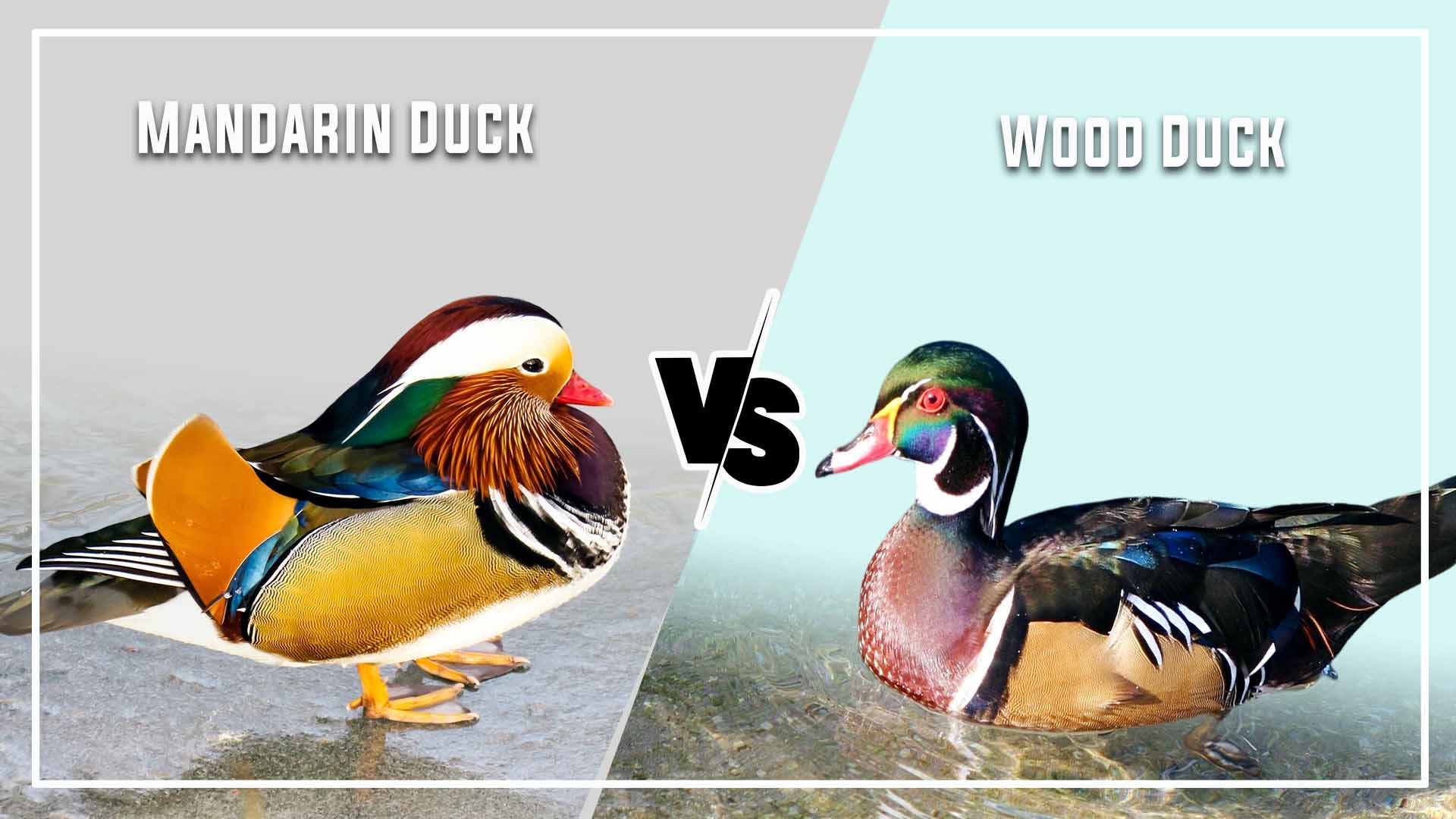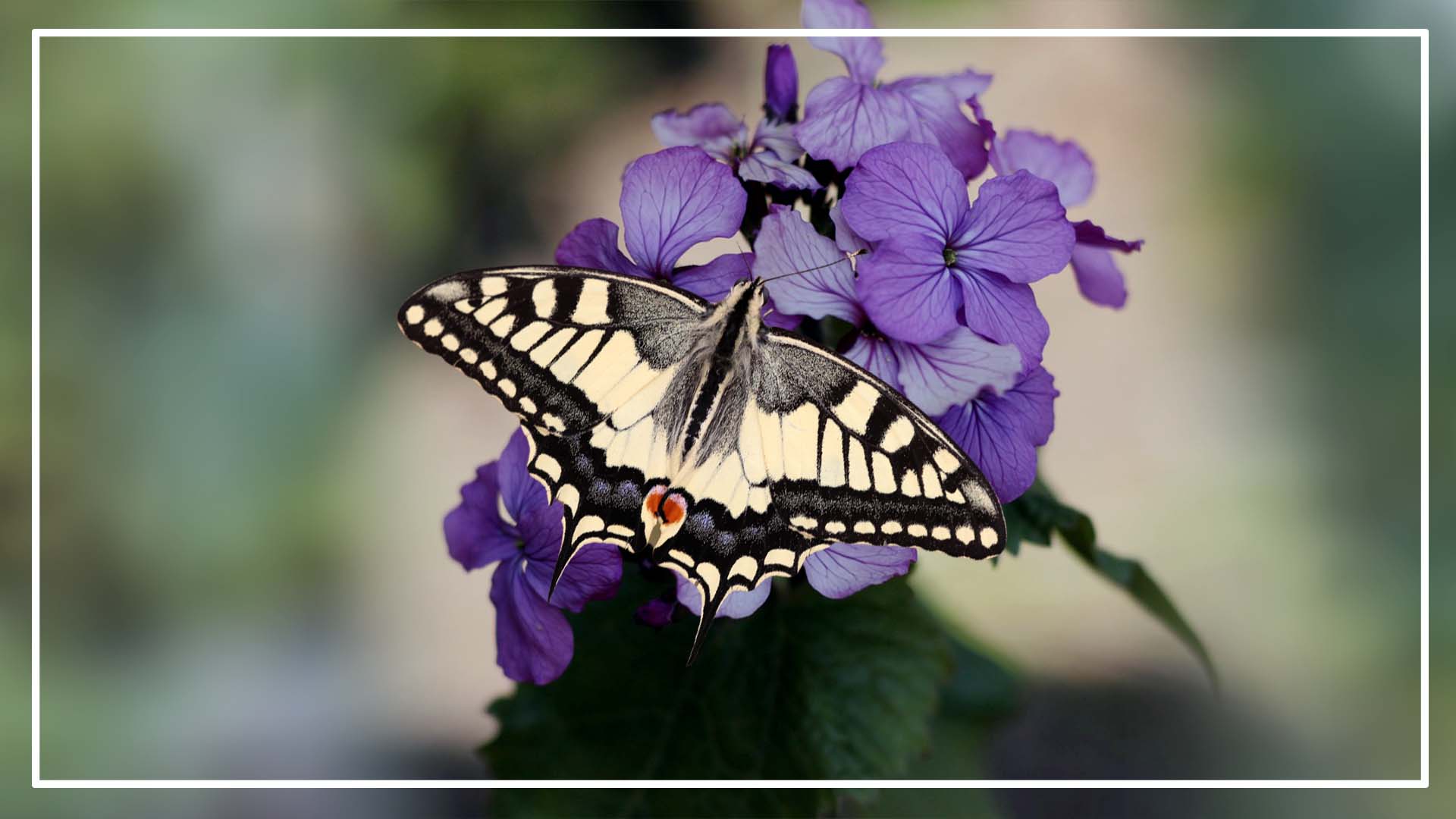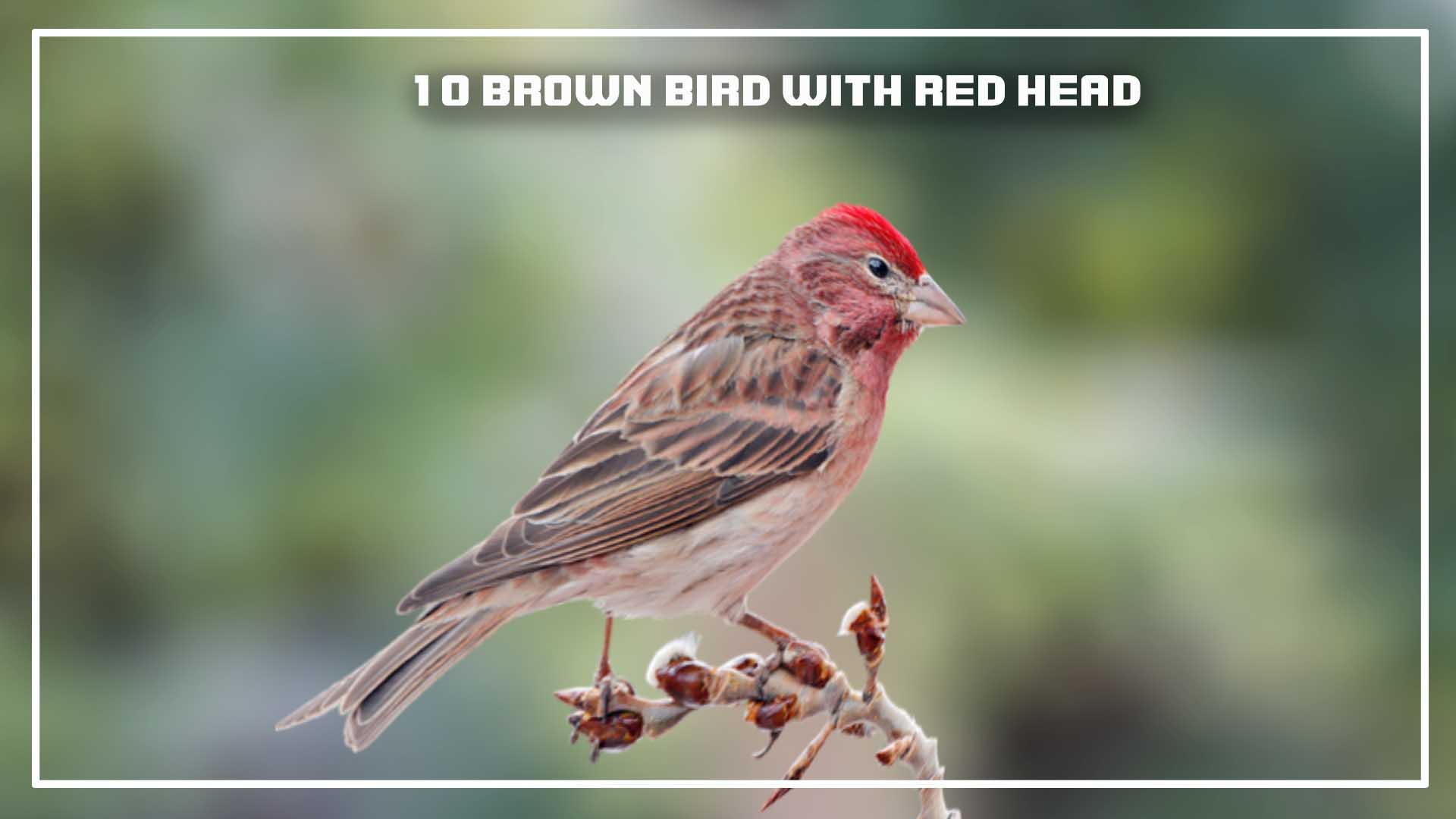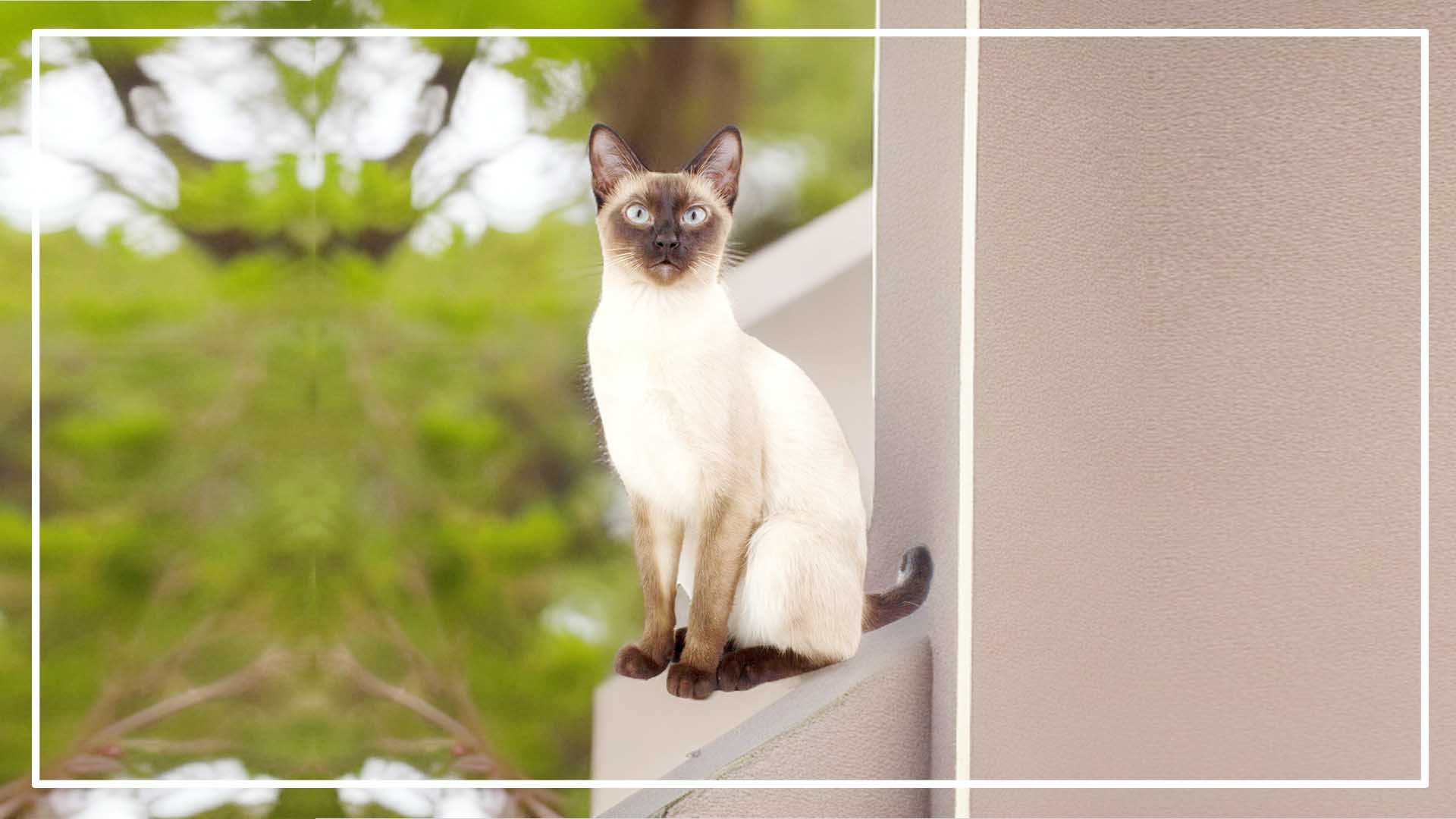When it comes to the Mandarin duck vs Wood Duck, there is a vast array of stunning and fascinating species to explore. Among these, the Mandarin Duck and Wood Duck stand out for their remarkable beauty and unique characteristics. While they may share some similarities, they also possess distinct features that set them apart.
In this article, we will delve into the seven key differences between the Mandarin Duck and Wood Duck, highlighting their size and weight, appearance, diet, lifespan, mating, and breeding habits, as well as uncovering an interesting similarity between the two.
Differences Between Mandarin Duck vs Wood Duck
Here’s a table highlighting the key differences between the Mandarin Duck and the Wood Duck:
| Aspect | Mandarin Duck | Wood Duck |
| Native Range | East Asia, primarily China and Japan | North America, primarily United States |
| Size | Medium-sized | Medium-sized |
| Body Shape | Compact and rounded | Compact and rounded |
| Overall Appearance | Colorful and vibrant plumage | Colorful and intricate plumage |
| Male Plumage | Elaborate, with bright orange, green, and purple | Multi-colored, with iridescent green, purple, and white |
| Female Plumage | Duller than males, with gray and brown tones | Mottled brown with a distinctive white eye-ring |
| Crest | Long, curved crest on the back of the head | Short, small crest on the back of the head |
| Bill Color | Red, with a yellow tip | Red, with a yellow tip |
| Facial Pattern | White patch around the eye | White patch around the eye |
| Habitat | Forested areas, lakes, and ponds | Wooded swamps, marshes, and ponds |
| Nesting | Nests in tree cavities | Nests in tree cavities or nest boxes |
| Nesting Behavior | Males may help with the incubation and rearing of young | Males may help with incubation and rearing of young |
Mandarin vs Wood Duck: Size and Weight
One of the key differences between the Mandarin Duck and Wood Duck lies in their size and weight. The Mandarin Duck is generally smaller, measuring about 16-19 inches (40-49 cm) in length and weighing around 1-1.5 pounds (450-680 grams). On the other hand, the Wood Duck is slightly larger, typically ranging from 18-20 inches (46-51 cm) in length and weighing between 1-1.3 pounds (450-590 grams).
Mandarin vs Wood Duck: Appearance
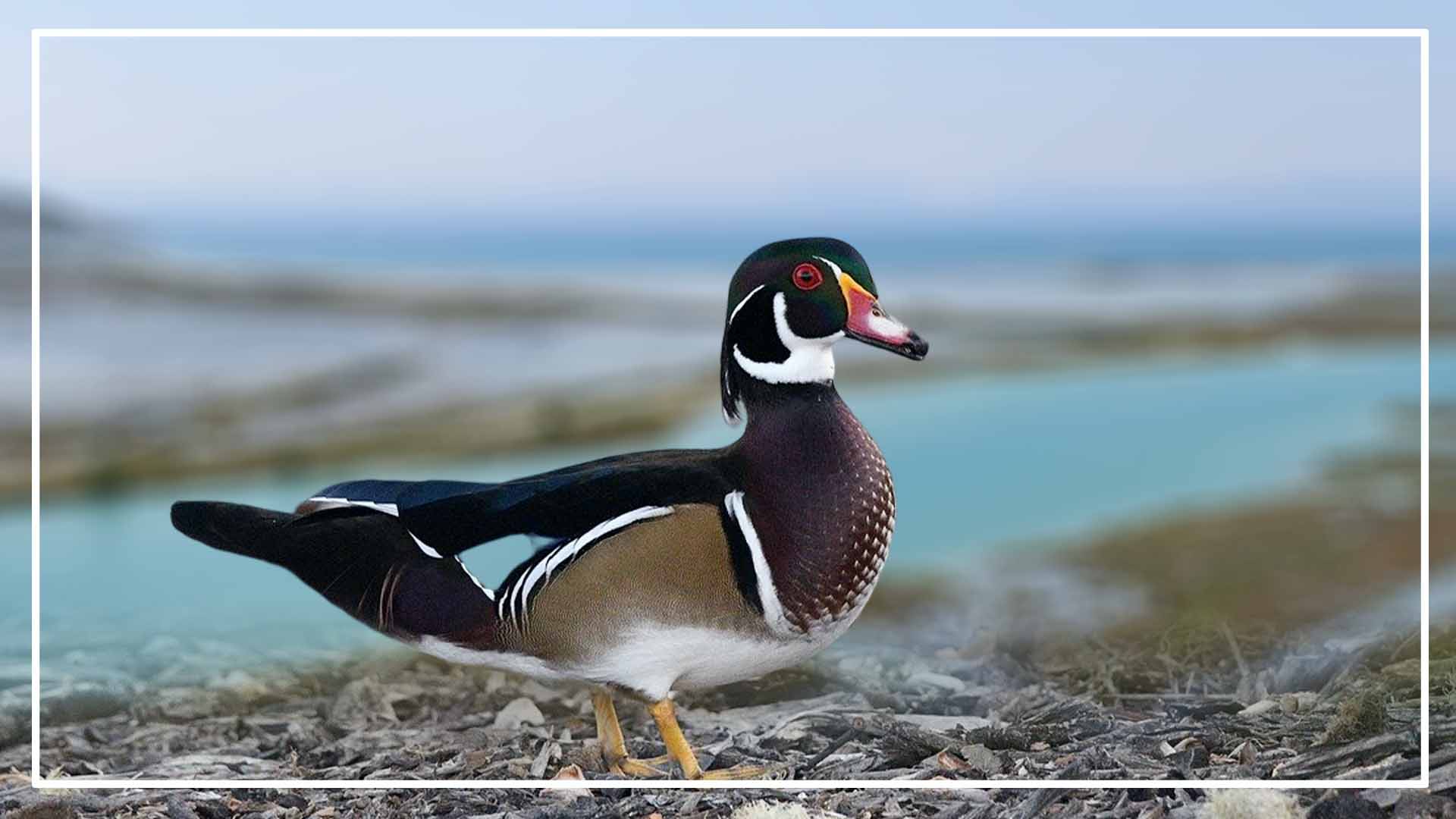
Both the Mandarin Duck and Wood Duck are renowned for their vibrant plumage, but their appearances differ significantly. The Mandarin Duck boasts an extravagant display of colors, with its male counterpart exhibiting striking orange, green, and purple feathers, while the female displays a more understated combination of gray, brown, and white.
The Wood Duck showcases a combination of intricate patterns, featuring iridescent green and purple head feathers, a white throat, chestnut breast, and intricate markings on its body.
Mandarin vs Wood Duck: Diet
Regarding their dietary preferences, the Mandarin Duck and Wood Duck differ slightly. Mandarin Ducks primarily feed on a diet consisting of plants, seeds, fruits, and insects. They are known to forage on land and in water, using their agile nature to catch insects and small aquatic creatures. Wood Ducks, on the other hand, have a broader diet that includes acorns, nuts, seeds, fruits, insects, and aquatic invertebrates.
Lifespan
In terms of lifespan, the Mandarin Duck and Wood Duck have varying expectations. Mandarin Ducks have an average lifespan of 5-10 years in the wild, while those in captivity may live up to 20 years. Wood Ducks, however, tend to live slightly longer, with an average lifespan of 10-15 years in the wild and up to 20 years in captivity.
Mating and Breeding Habits Differences
Both the Mandarin Duck and Wood Duck exhibit interesting mating and breeding habits. Mandarin Ducks are monogamous and form strong pair bonds that often last for multiple breeding seasons. They nest in tree cavities close to water bodies and the female takes the sole responsibility of incubating the eggs.
Wood Ducks are also monogamous but exhibit more unique nesting behavior. They nest in tree cavities as well but at a significant height, sometimes as high as 60 feet (18 meters) above the ground. Once the eggs hatch, the ducklings leap from the nest and make their way to the water below, guided by their mother’s calls.
Identify the differences
The Similarity Between Mandarin Duck and Wood Duck:
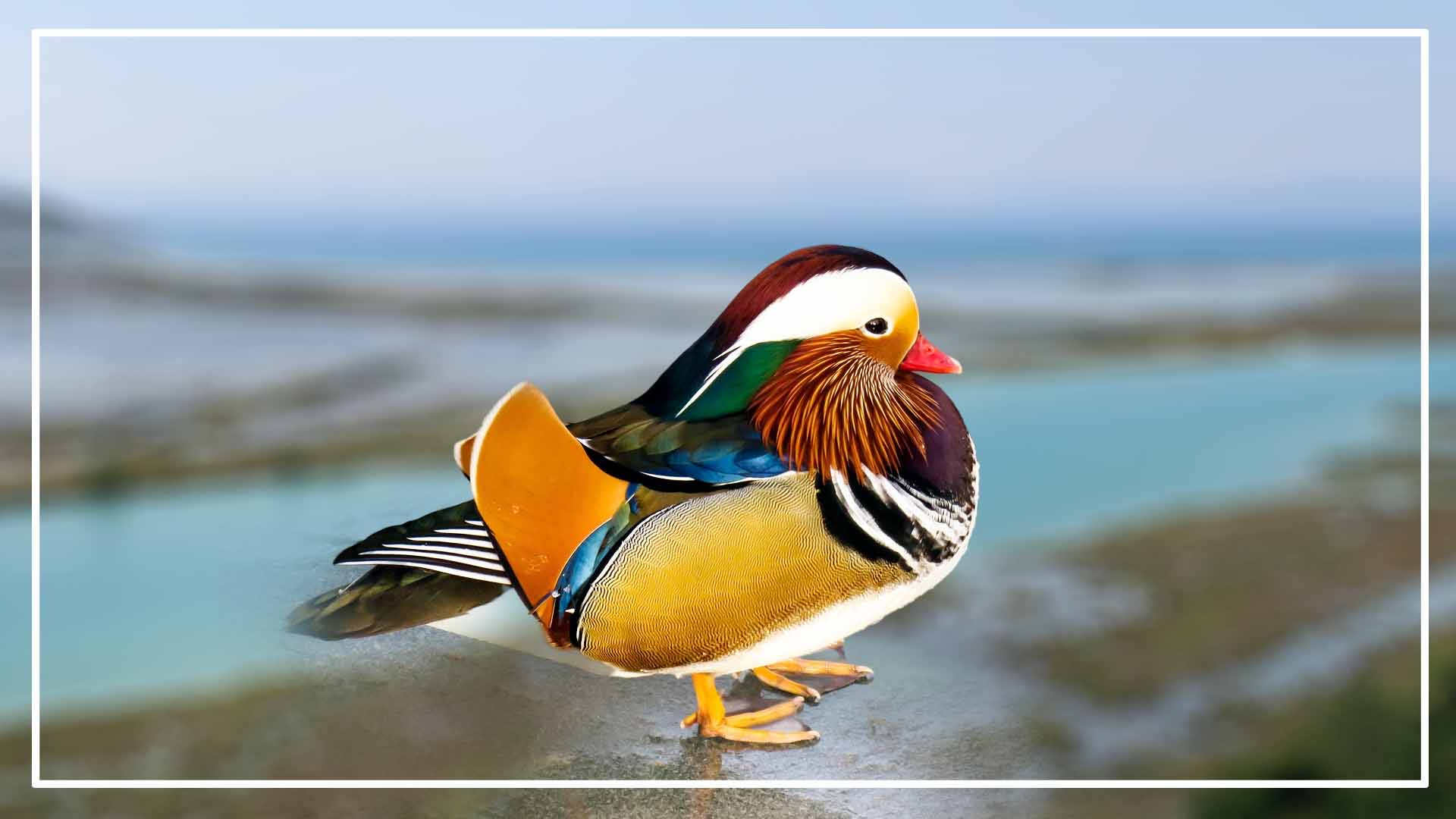
While there are several differences between the Mandarin Duck and Wood Duck, one interesting similarity lies in their ability to perch on branches and tree limbs. Unlike most other duck species, which are primarily aquatic, both the Mandarin Duck and Wood Duck possess strong claws on their webbed feet, allowing them to grip and perch on branches, enabling them to access food sources and find suitable nesting sites.
FAQ
Is a Wood Duck The Same as a Mandarin Duck?
No, the Wood Duck (Aix sponsa) is not the same as the Mandarin Duck (Aix galericulata). While they share some similarities in terms of size and body shape, they are distinct species with different geographic ranges and appearances.
What Duck is Similar to Mandarin?
A duck similar to the Mandarin Duck in terms of its vibrant plumage and striking colors is the Paradise Shelduck (Tadorna variegata) found in New Zealand. The male Paradise Shelduck has a similar combination of bold colors, including a green head and neck, while the female has a more subdued plumage.
What is Special About Mandarin Duck?
The Mandarin Duck is special for its exceptionally colorful plumage, especially in males. The male Mandarin Duck has a unique combination of vibrant orange, green, and purple feathers, with intricate patterns. Its striking appearance has made it highly sought after for its aesthetic appeal.
Is The Mandarin Duck Rare?
The rarity of the Mandarin Duck can vary depending on the region. In its native range of East Asia, particularly in China and Japan, the Mandarin Duck is not considered rare and is a common sight. However, in other parts of the world where it has been introduced, such as Europe and North America, it is often considered an exotic and rare species. In those regions, the Mandarin Duck’s population is typically limited, and sightings may be less common. Conservation efforts have been made to protect and manage populations of Mandarin Ducks outside their native range.
Conclusion:
In summary, the Mandarin Duck and Wood Duck captivate with their unique characteristics and beauty. From size and appearance to diet, lifespan, and mating habits, these ducks possess distinct features that set them apart. However, amidst their differences, they share an intriguing ability to perch on branches. Exploring the diverse world of ducks offers a glimpse into the wonders of nature and the remarkable adaptations that enable these species to thrive in their respective habitats.







